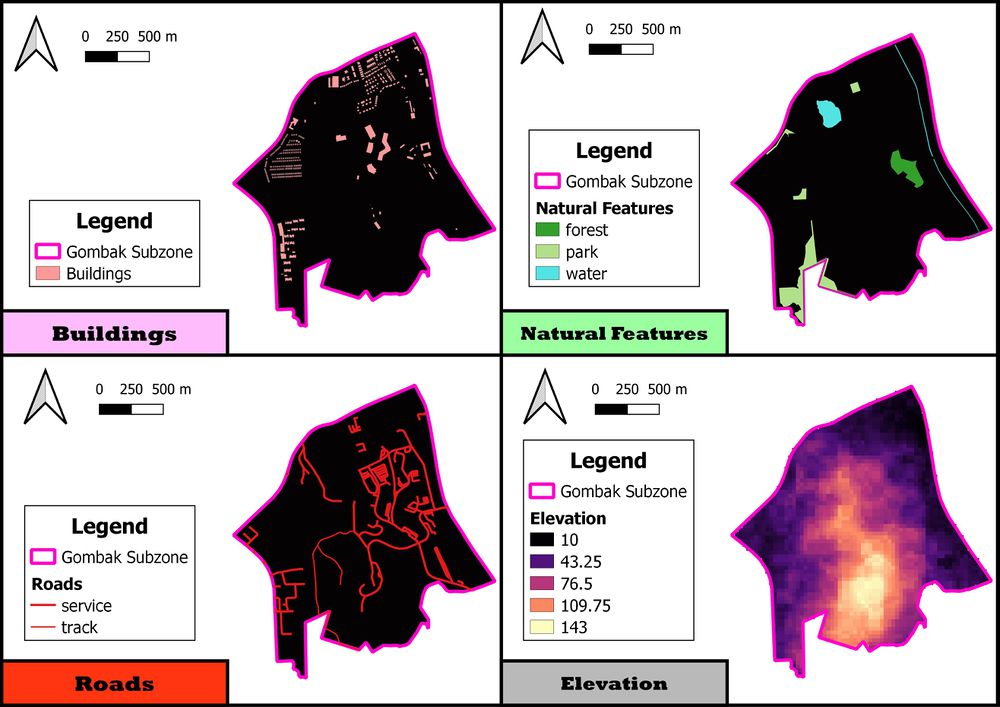Difference between revisions of "SMT201 AY2019-20G2 EX2 Ho Jing Yi"
| Line 52: | Line 52: | ||
Hi Hi Hi | Hi Hi Hi | ||
| − | <div class="Frame" style="{{Round corners}}; background: # | + | <div class="Frame" style="{{Round corners}}; background: #ED4337; text-align: center; padding: 0px; font-size: 200%;"><font face="arial" color="#ffffff " size="+1"><b>Roads</b></font></div></div> |
</br> | </br> | ||
Revision as of 14:41, 10 November 2019
|
OBJECTIVE |
PROXIMITY | LAND SUITABILITY |
Identify a location suitable for building a national Communicable Disease Quarantine Centre. The selected site must be located at Gombak planning subzone, with a contiguous area of at least 10,000m2 and it must meet the following decision factors:
Economic factor: The selected site should avoid steep slope. This is because construction at steep slope tends to involve a lot of cut-and-fill and will lend to relatively higher development cost.
Accessibility factor: The selected site should be close to existing local roads, namely: service roads and tracks. This is to ensure easy transportation of building materials during the construction stage.
Health risk factor: The selected site should be away from population i.e. housing areas and offices in order to avoid disease spreading to the nearby population.
Natural conservation factor: The selected site should be away from forested land, park and water.
Hi Hi Hi
Hi Hi Hi
hi hi hi
hi hi hi
